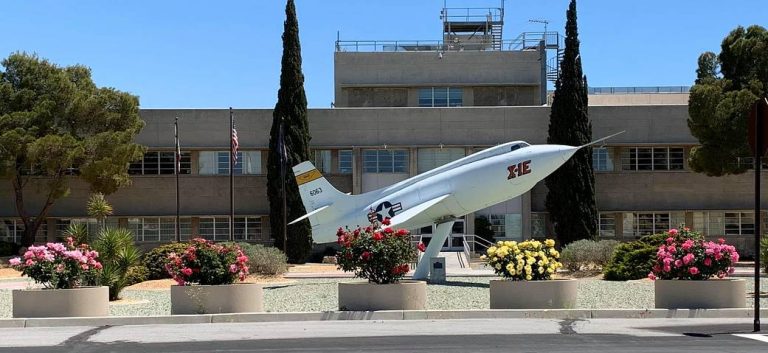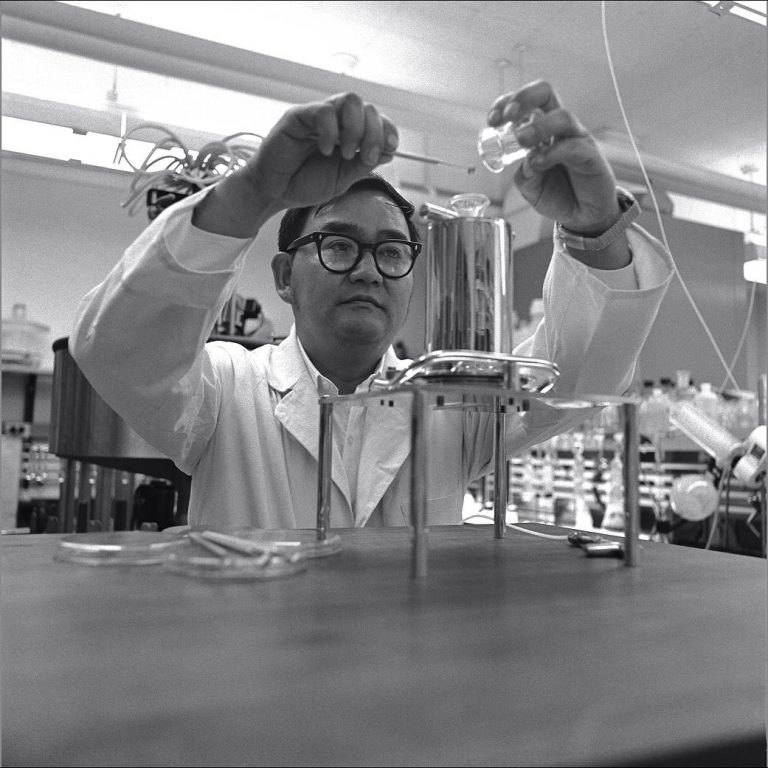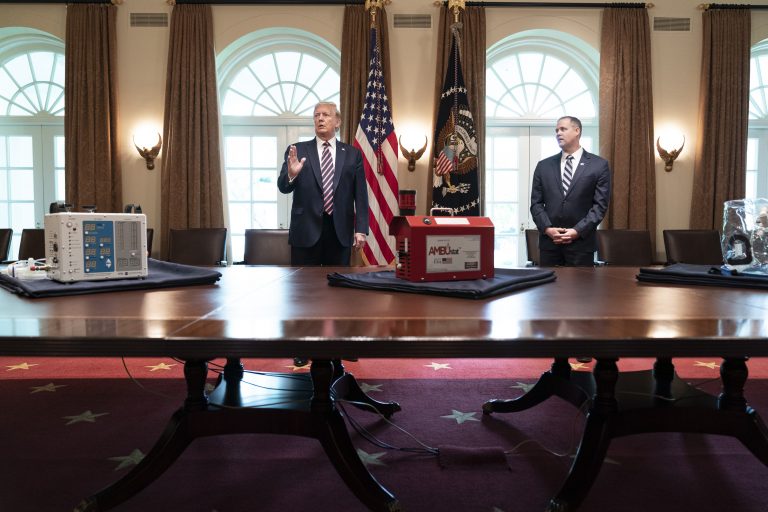瑞奇·阿诺德:教师和宇航员
NASA astronaut Ricky Arnold takes an out of this world “space-selfie” while conducting a spacewalk on March 29, 2018. Before he joined the Astronaut Corps, Arnold was a teacher, who taught all over the world from Malaysia to Romania. As an astronaut he served on STS-119 and aboard the International Space Station’s Expedition 55/56. #TeacherAppreciationWeek Image Credit: NASA 2018年3月29日,美国宇航局宇航员瑞奇·阿诺德在太空行走时进行了“太空自拍”。 在他成为宇航员之前,阿诺德是一位老师,从马来西亚到罗马尼亚,他在世界各地任教。作为一名宇航员,他曾在STS-119和国际空间站的第55/56号远征队上服务。 #TeacherAppreciationWeek 图片来源:NASA










